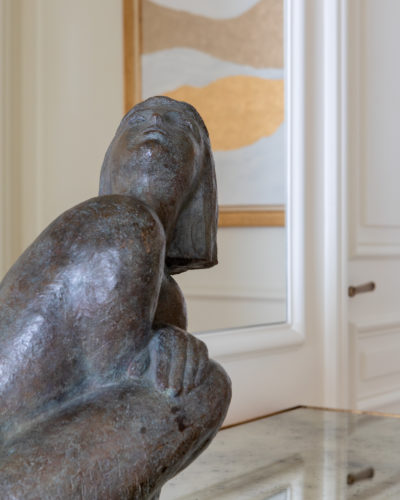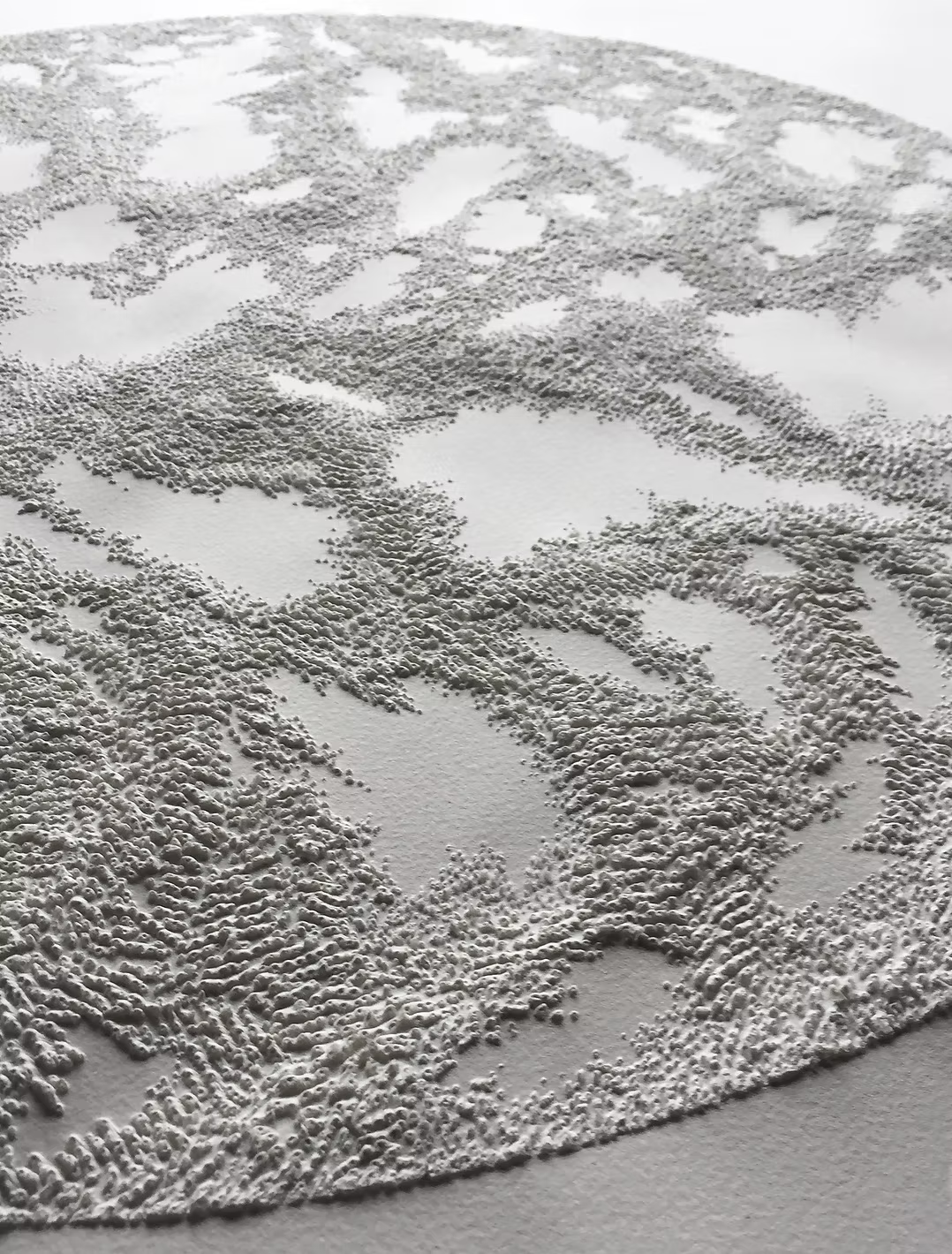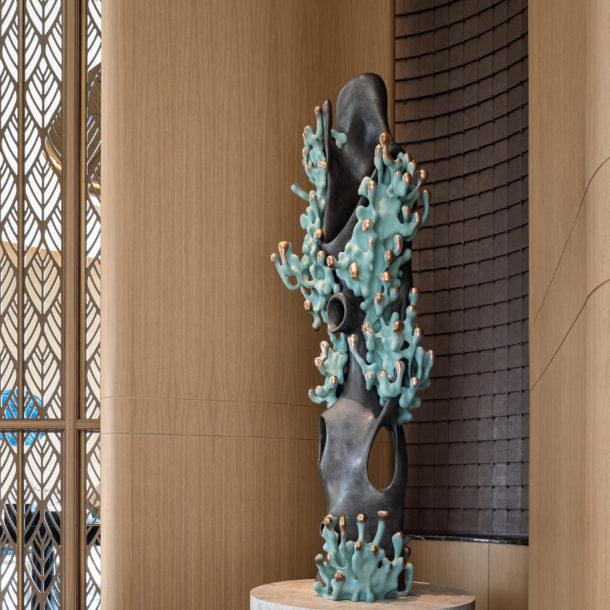
Ocean Synapse
Driaan is the sculptor behind Reticence Studio. His work explores the relationship between form, space, and emotion. For this project, Durst Art Consultancy invited him to transform an ambitious vision into monumental sculptures, where every detail engages with the space and its viewers.
In this interview, he reflects on his creative process, the challenges he faced, and what he aimed to convey through his art. A unique insight into the world of an artist capable of bringing intention and emotion to life through material.
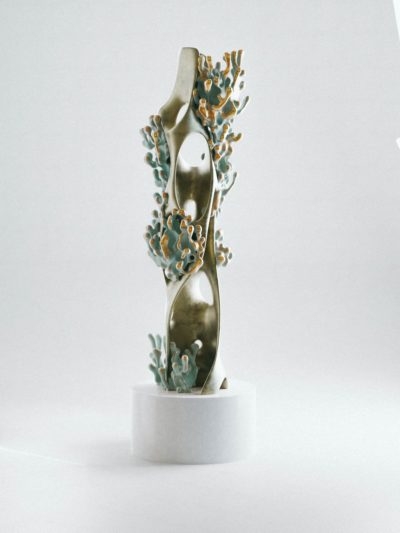
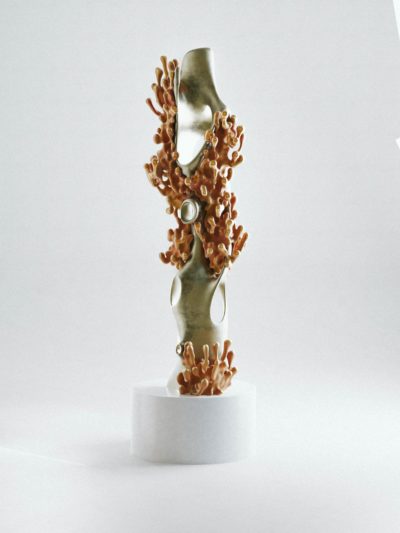
Could you introduce yourself and share how your artistic practice began? What first drew you to art, and who or what inspired your early work?
My name is Driaan. I’m an artist, sculptor, and designer based in Cape Town, South Africa.
I work with a variety of eclectic materials and have been running my practice since 2014. My background is in 3D animation, and I combine traditional methods with advanced technologies to create elaborate and complex sculptures for clients across different industries.
My work is largely inspired by the mind, particularly by themes of anxiety and depression. These experiences are a major source of inspiration for me. Each personal process or transformation I go through becomes a turning point in my artistic practice and career.

How did the idea for these sculptures come to you? What inspired you in our brief, and how did you approach this work?
What immediately caught my attention was the ocean theme and the fact that the building’s structure resembled a ship or a cruise ship.
Starting from that, I quickly began thinking about how to abstract these ideas. I imagined the planet as a metaphor for the mind, and nature as the neural pathways spread across its surface, a reflection of how our brains function.
My work often explores these neural connections. In previous projects, I’ve experimented with electrolysis to grow copper crystals within ceramic structures. This process naturally produced coral-like formations, which felt perfect for this project.
From there, the challenge was to scale up the process, moving from a small, organic growth to something around three meters tall. We decided to carve the forms instead, before taking them through bronze casting, patination, and finishing, to ensure the piece harmonized with its environment.
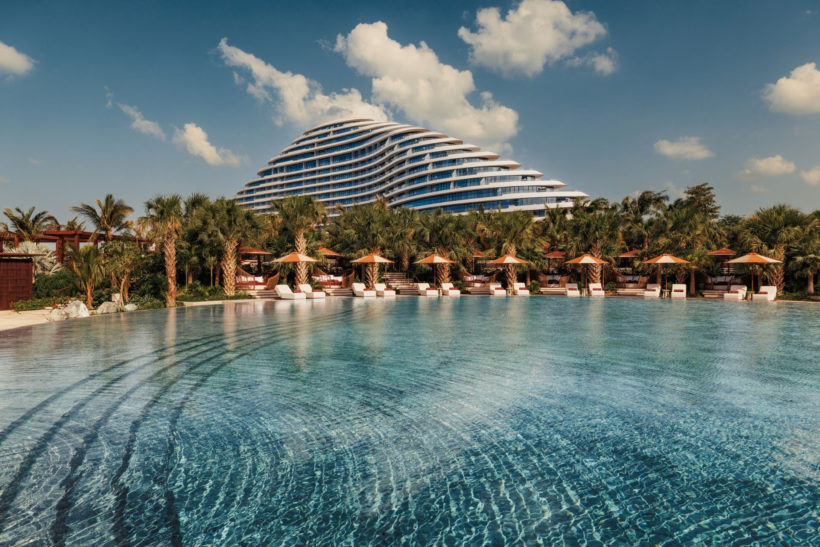
How does this project fit within your broader artistic journey?
Nature and the mind are interchangeable metaphors in my work. I see the person as an extension of the world around us.
Referencing coral allowed me to explore the neural pathways of the mind while working on a large scale, something I’m increasingly drawn to. I want viewers to engage physically and emotionally with the work, as if it were a bridge to their own inner worlds. The sculptures act as an entry point for self-reflection, a way to consider how often we truly engage with our own conscious and unconscious minds.
Were there any technical or creative challenges you had to overcome?
The main challenge came from the complexity of the forms. Traditional bronze casting has its strengths, but also many limitations, especially when working with intricate coral or neural-inspired structures.
We had to create around 100 to 150 separate molds. Each was cast in wax, then processed in ceramic, melted out, and finally cast in bronze. The components were later welded together, a massive task involving a large team and a highly coordinated workflow.
Clear communication was essential at every step so that each person understood how their part connected to the next, ensuring a seamless final piece.

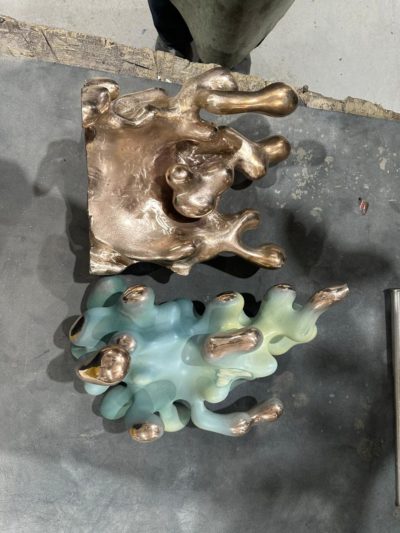
Did working on this project push you to experiment with new techniques or materials?
Absolutely. One major area of experimentation was color.
Because we wanted to evoke coral, traditional patinas alone weren’t enough. We experimented with different approaches before settling on automotive paints combined with acid etching, which allowed the color to bond subtly with the metal.
We balanced this with polished bronze surfaces and areas treated with silver nitrate, creating a three-tone palette that still felt cohesive. This process required precision, masking, and a lot of testing, but in the end, the results were incredibly rewarding.
How do you usually balance your personal artistic vision with the expectations of a commission?
Most of my work is abstract and pattern-based.
When you reduce patterns to their fundamental structures, they naturally leave room for interpretation. This makes it easier to integrate a client’s ideas without losing my voice.
For instance, while this project references coral growth, for me it also symbolizes the mind, how neural pathways and synapses connect.
As long as I can stay within an abstract framework, I enjoy reinterpreting briefs collaboratively. It’s about finding harmony between my artistic vision and the client’s goals so that both sides feel inspired and invested in the result.
In what way does this artwork connect to your previous creations, or does it mark a departure?
This piece connects closely to my SSRI Series, which explores new growth within old pathways, a concept I’ve developed over roughly ten years of working with copper crystal growth. That series involved combining copper and ceramics, two very different materials, to create organic interactions between them.
The experience I gained working on those smaller, intricate pieces directly informed how I approached this large-scale project.

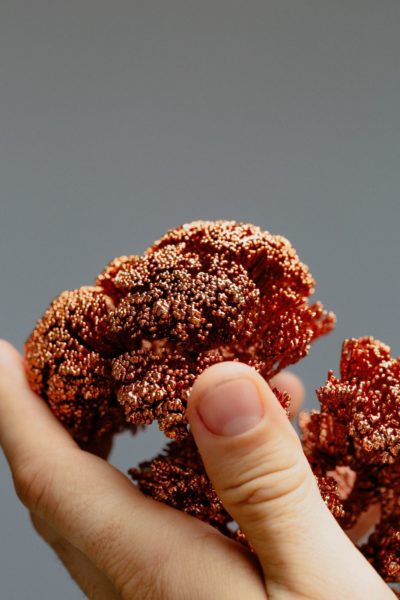
What emotions or reflections would you like the audience to feel when encountering your work?
I want people to have an open, personal experience.
That’s why I work with abstraction, it invites interpretation through texture, form, pattern, and color, without imposing a specific narrative.
Ultimately, I aim to evoke peace. Beauty, for me, is a universal language. It helps people lower their defenses and engage in quiet reflection.
If my work can offer a moment of stillness, a sense of calm and inward awareness, then it has achieved its purpose.
If you had to describe this project in three words, which would you choose?
Groundbreaking, challenging and deeply rewarding.

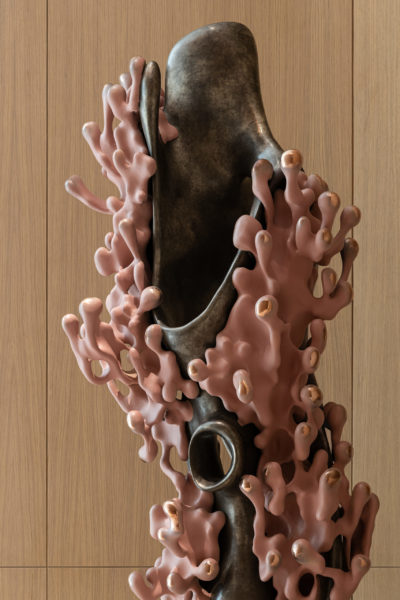
Looking ahead, how might this collaboration influence your future projects?
This project taught me a lot about collaboration, communication, trust, and thinking on a larger scale.
When working at this size, things can go either wonderfully right or terribly wrong, so maintaining balance and managing expectations becomes crucial.
It has given me new confidence to take on larger works. Since then, I’ve already begun several big-scale projects. It’s changed the way I think about my practice, smaller pieces now feel almost like maquettes for something greater.
This experience really expanded my vision and the joy I find in creating art.
Explore the full project here

